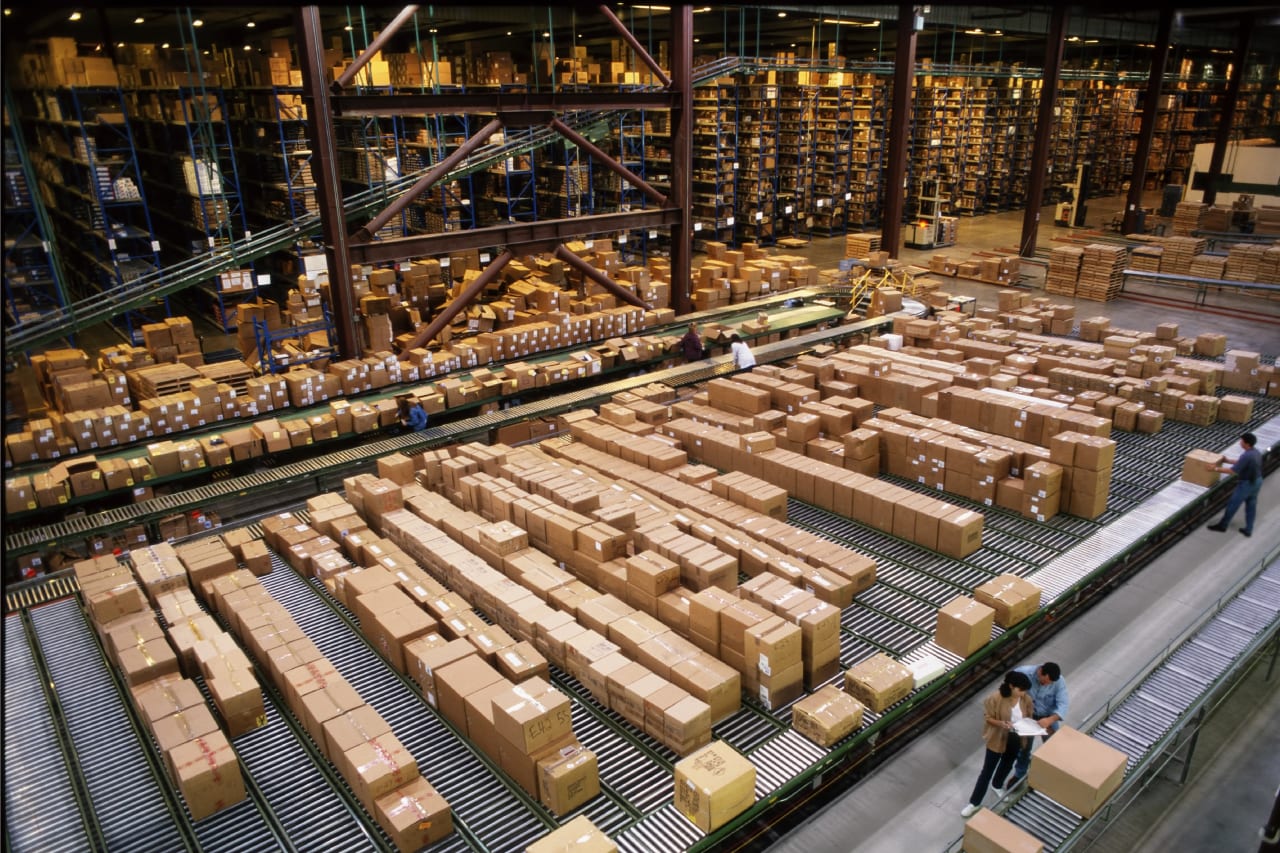Supply chain risk management software is a powerful tool to help companies identify and prioritize supply chain risks. Picture yourself in a boat out in the ocean with sharks circling the depths beneath you.
Identifying and prioritizing supply chain risks with a supply chain risk management software
Supply chain risk management software is a powerful tool to help companies identify and prioritize supply chain risks.
Picture yourself in a boat out in the ocean with sharks circling the depths beneath you. Their form and size may be unclear by their shadow, their position around you changes, and their numbers grow. You might be unclear about how many sharks there are and their sizes. One thing is clear; it’s probably not the best time to go swimming. But what if you didn’t have a choice?
At times, supply chain management may feel like being forced to scuba dive in treacherous waters. Before a company can successfully navigate and mitigate risks in their supply chain, it must first have a clear understanding of where hazards may be lurking.
Commodity markets are subject to a range of risk factors including geopolitical instability, climate change, and regulatory restrictions. Perhaps the most critical risk factor is an increasingly dependent global supply chain that stretches across developed and emerging economies.
McKinsey & Company reports that supply chain disruption has increased dramatically in recent years. The cost of these disruptions has risen sharply too. Every year, one in twenty companies suffers a loss of at least $100 million USD. During the COVID-19 crisis of 2020, the risks have magnified further with the convergence of factors such as shortages of critical goods, factory shutdowns, volatility in demand, border closings, and transportation gridlocks. Most businesses were ill-prepared to address this.
Without the right supply chain risk management software in place, supply chains for commodities were driven by inconsistent manual processes , disconnected systems, and inaccessible spreadsheets. With such limited visibility, commodities producers, traders, and consumers were unable to adequately assess or respond to a rapidly changing commodities landscape.
Your supply chain risk management software should adequately monitor the probability and impact of each risk situation can help assess the severity of the risk and take action accordingly. Here are the most common drivers of supply chain risks in commodity trading:
Global complexity
Today’s commodities and raw materials are most often sourced, stored, shipped, transformed—and ultimately bought and sold across multiple borders. Planning and executing the movement of goods across geographies has become increasingly fractured not only by trade and tariff difficulties but by increased regulation and shifting consumer demand.
Disparate Systems
Most organizations handling raw materials rely on multiple systems for handling origination, handling, and processing. This includes disparate and disconnected systems such ERP systems, planning and control systems, SCM systems, stockyard and warehouse management systems, task execution and tracking systems, and supply chain risk management software. Legacy systems are proving inadequate and managing integrations between them is cumbersome for commodity players.
Complexity of Business Processes with Little Support
Even as consumers demand more visibility into how goods are sourced and produced, most raw materials still move from production to storage to transport with little insight. Also, in upcountry facilities, market behaviors and price fluctuations are often invisible, data capture is prone to errors, and audit trails are non-existent. As goods move through the supply chain, transport logistics and capacity are difficult to optimize, and processing capabilities remain opaque. Financial and contractual detail that helps increase margins and drive value are often only captured in spreadsheets. Leveraging a modern supply chain risk management software that offers agility and transparency is helping companies realize measureable ROI in their initives through efficiency and accuracy gains.
Communication Challenges
Roles and responsibilities have become more defined in recent years as supply chain management has continued to be formalized. Enabling every participant across the supply chain to collaborate more efficiently withint your supply chain risk management software is key to supply chain resiliency. In commodities markets those roles and responsibilities are distributed across a supply chain where raw materials are mined and farmed, refined and processed, stored and shipped, traded and consumed. Keeping suppliers and producers connected across multiple touchpoints is difficult–especially in remote or rural locations where digital infrastructure is spotty and people are performing most of their collaborative tasks via a smart phone.
Addressing Supply Chain Challenges with Robust Technology Platform
According to a survey of 60 supply chain executives conducted by McKinsey in Q2 of 2020, a time when workforces and supply partners were sequestered remotely. As many as 85% of companies reported struggling with insufficient digital technologies to support them.
The right supply chain risk management software can help address a majority of supply chain risks and help mitigate their negative impact. Integrating complex, multipolar supply chains of volatile commodities markets on a single platform can help you make better decisions faster to minimize risk and drive value. Transparency built into supply chain risk management software, certainly helps cut down on supply chain risks.
—
Supply chain disruptions can hamper production, result in reduced capacity utilization and profitability, and in the long term, impact credibility and value. Therefore, understanding these risks and minimizing the resulting damage with the right technology tools is critical.
Other resources

Three ways a purpose-built WMS for bulk commodities delivers greater...
The goal of a warehouse management system (WMS) is to help manage and intelligently execute the operations of a warehouse, distribution, or fulfillment center.

Mastering the raw materials and commodities supply chain
As commodities are produced and processed across complex supplier networks that span multiple countries, their markets are subject to geopolitical instability, climate change…

The goal of a warehouse management system (WMS) is to help manage and intelligently execute the operations of a warehouse, distribution, or fulfillment center.

As commodities are produced and processed across complex supplier networks that span multiple countries, their markets are subject to geopolitical instability, climate change…